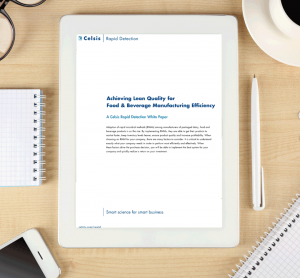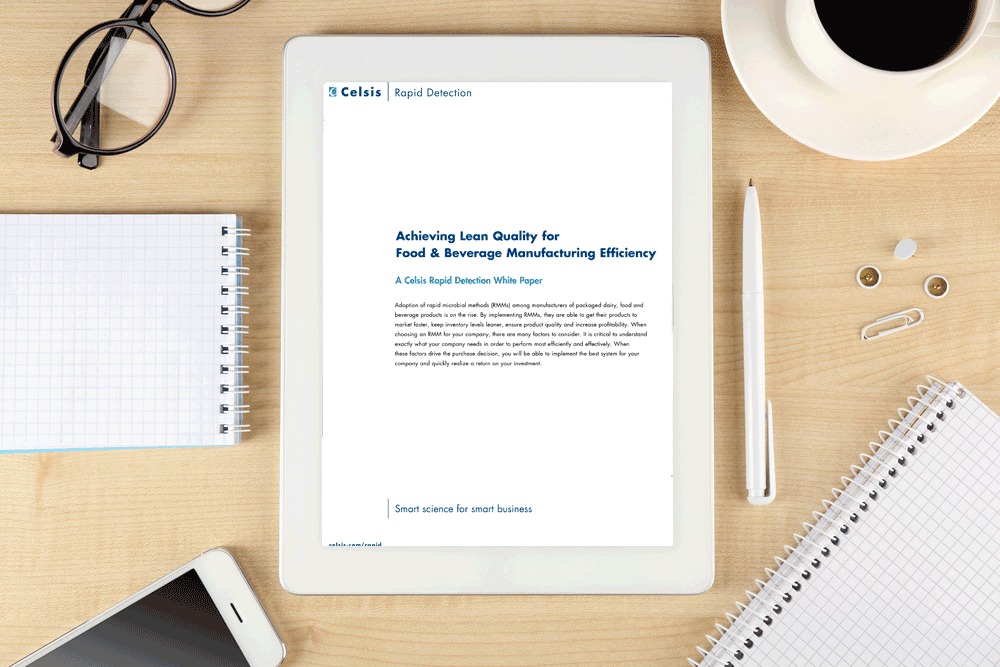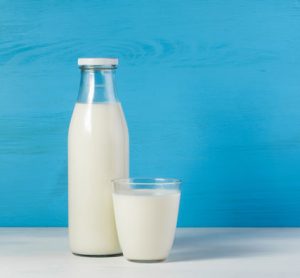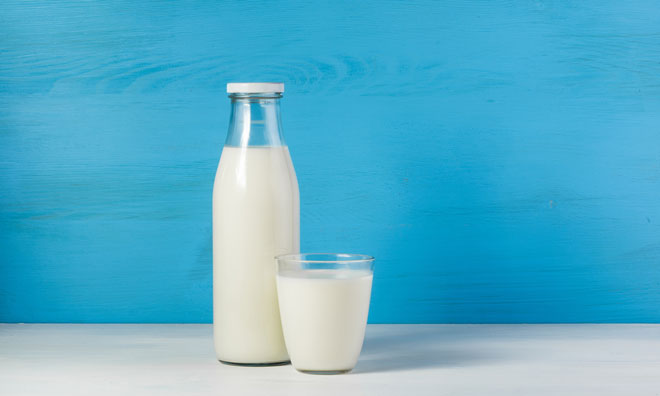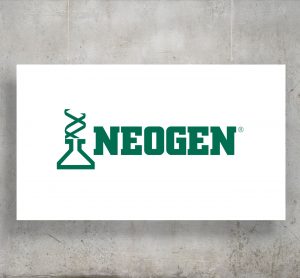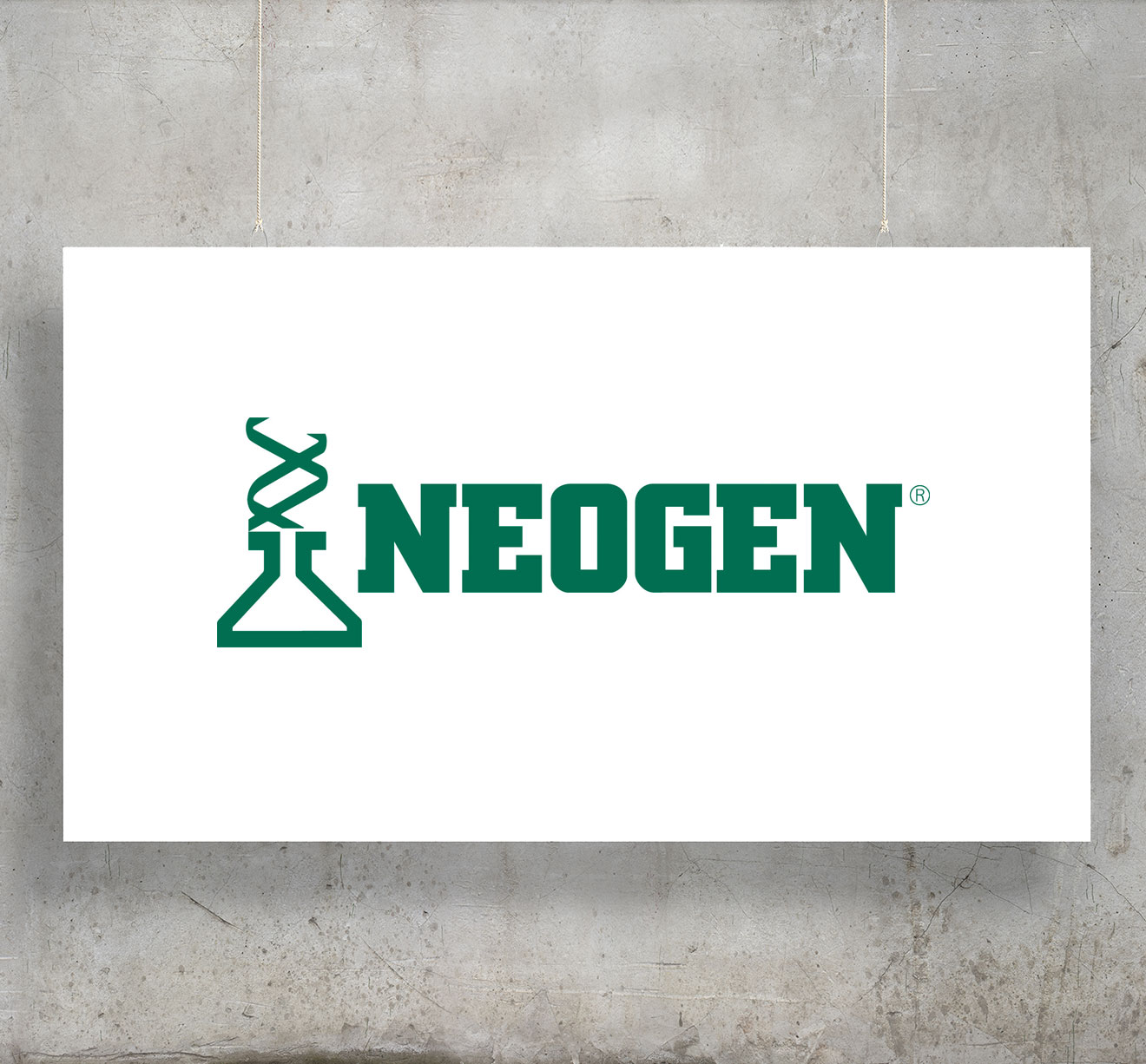Potential vehicles of foodbone pathogens
19 June 2013 | By Evangelina Komitopoulou, SGS, Larry Beuchat, Center for Food Safety, University of Georgia
Until recently, there has been a common belief that low numbers of microbial food contaminants should not be a major issue in low-water activity (aw) foods where growth does not occur. However, depending on its end usage or target population, low numbers of pathogens can lead to foodborne illness, hence…



